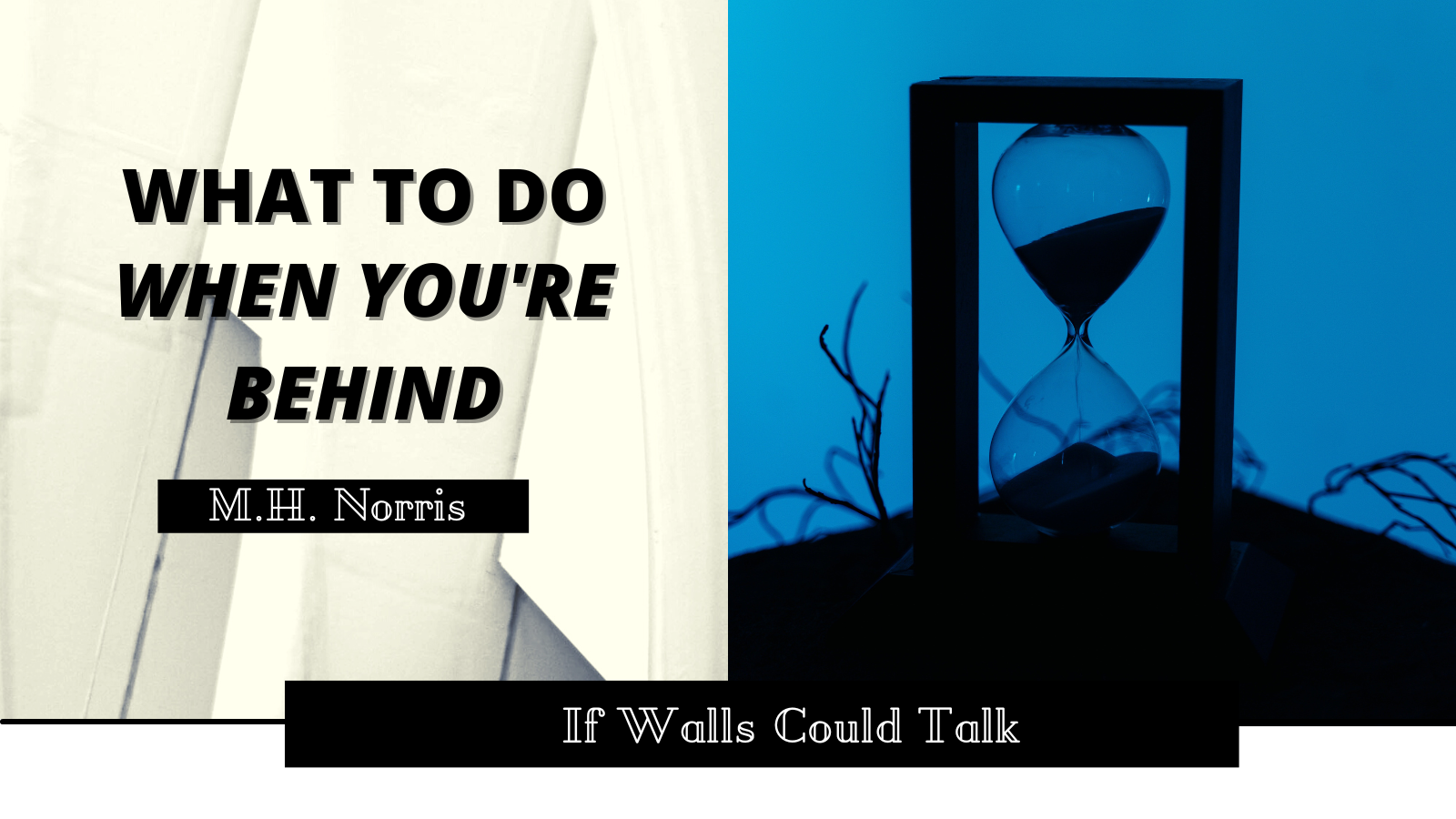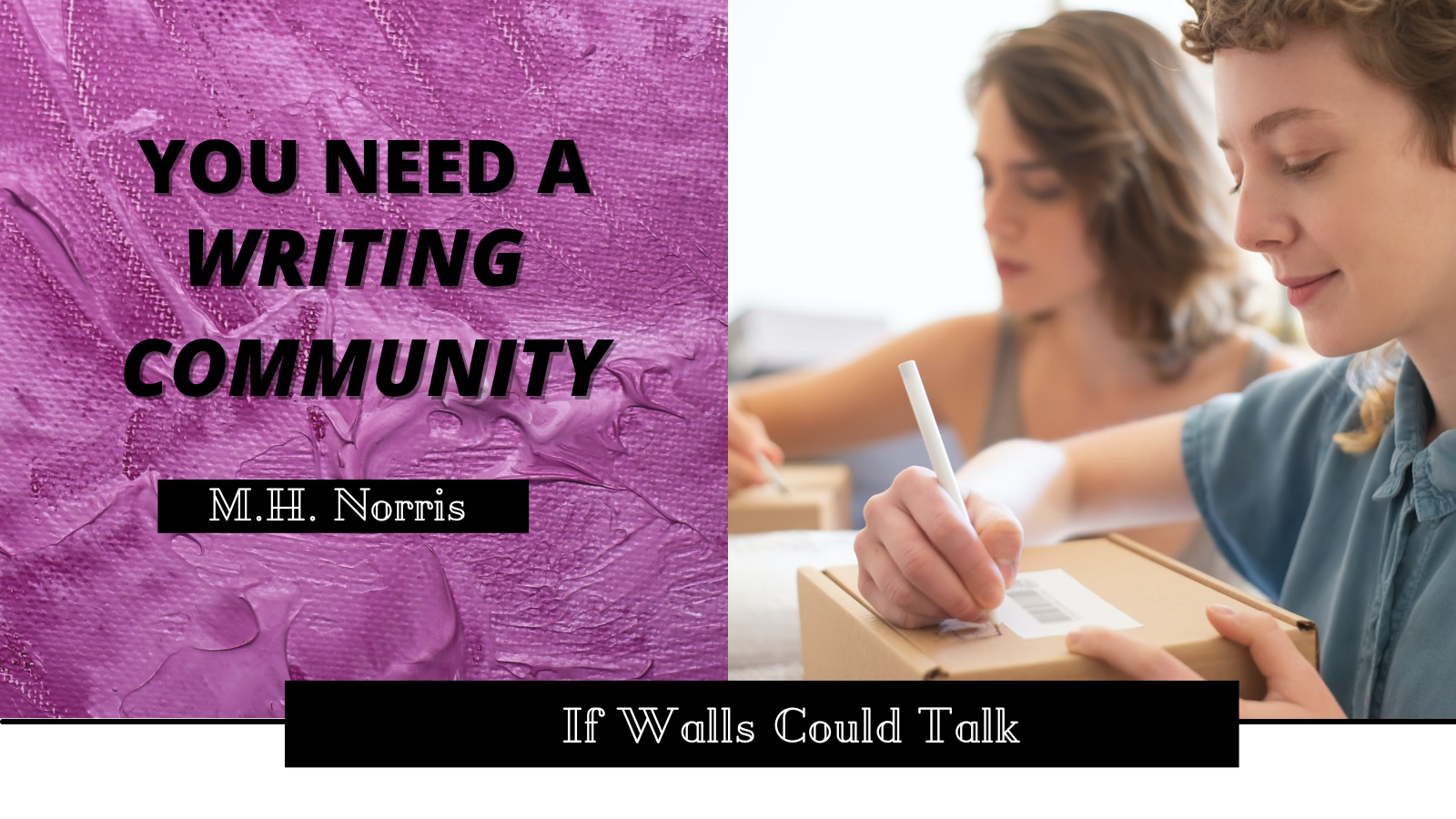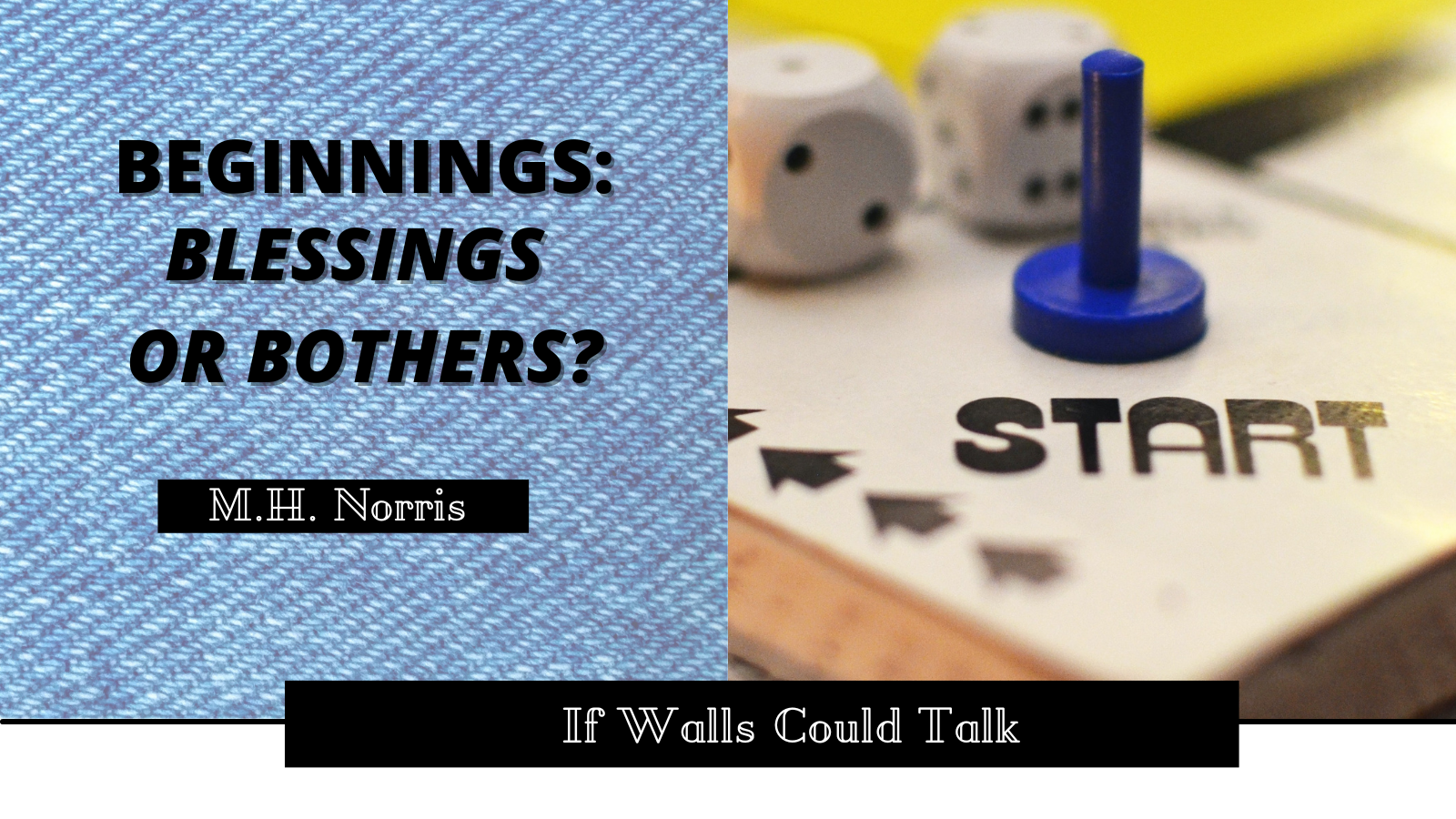
Back when I first started writing, I would sit for hours doing late night writing sessions (after school, work, and homework were done). I could sit down for hours at a time and bust out a thousand words no problem.
The last couple of years, I haven’t been able to do that. There are few things that I can sit for hours and do these days.
Unknowingly, I embraced microproductivity before I fully knew what it was.
Essentially, microproductivity is breaking a large task into smaller ones. You then turn around and do them in chunks.
An article on Trello defines it as, “Breaking tasks down helps us to see large tasks as more approachable and doable, and reduces our propensity to procrastinate or defer tasks, because we simply don’t know where to begin.”
Microproductivity uses the Pareto Principle or the 80/20 rule. The short version is that 20 percent of work creates 80% of outcome.
I found this video that gives you a more detailed explanation.
I’ve become fascinated by this theory because I’ve found it holds true. On days where my time is more my own (instead of being at work all day), I will use this. I’ll write for a bit, talk writing with James, clean around the house, outline, read. And by doing it in bursts, more gets done.
As writers, we know how big a task writing a book can be. Even as I’m working on my fourth and fifth book, the process still seems daunting.
According to the definition above, this technique helps reduce procrastination. For me, the biggest benefit is that it helps me from getting overwhelmed. Unfortunately, that’s a common feeling for me these days. It’s why I unknowingly turned to this.
I figured today I’d show you how I use microproductivity to write. Honestly, this may be one of the closest looks I’ve given to how I write.
Welcome to my insane process.
1) Make an Outline
I recently did an article about how I have become the biggest fan of outlining things. It helps me to focus on what I’m working on. Check out the article, I think it’s a good read.
This has become my first real step. Even before research. That’s because I once went on a multi-day research adventure that I ended up not even using any of it.
Let’s look at The Importance of Glass Slippers as an example. There are three outlines for the project.
The first is a vague description, the framework I sent to the publisher to pitch the project. It’s a complete overview of this story from start to finish, albeit trimmed down to essentials.
The second is a highly detailed work in progress. I do two to three chapters at a time in it. This takes the each small tidbit I have (usually on a sentence, or part of a sentence) and turns it into a multi-paragraph affair. This is also when scenes start to form. I develop character motivations in-depth, and guide them toward the conclusion of their arcs.
Both of these are on separate Google docs.
The third is on a memo pad. And this one is by far the most productive. Sometimes, scenes take an entire page as I create a detailed outline.
To some of you, probably most of you, three outlines seem to be a bit much. But each outline brings the picture into focus more. For me, it helps.
In a sense, each step is a form of microproductivity for me. Each outline makes the next easier and in the end, it makes writing the scene easier.
2) Writing
It depends on the chapter how many scenes I have. But, I focus on one scene at a time. I used to focus on chapters, but I’ve made this task even smaller.
To write, I tend to use writing sprints. I write for 20 minutes, take a break, write for 20 more. I’ve discovered that the bursts work well. I produce twice as much in that short period than I do free writing. The ticking clock works.
3) Editing
Once again, this gets broken into chapters and scenes. Editing is not my favorite part of the process so it has to be done in small chunks.
4) Rewrites
In the case of Glass Slippers, the first draft is serving as a glorified fourth outline. I did a version of the start from start to almost finish. Then I started the second draft where James and I mapped out the flaws and started to turn it into something solid.
I have that doc handy when I’m writing this draft so I can reference names, events, how I handled pieces of the story. But I am virtually writing this from the ground up.
I know writing a book is a lot. At times it can be overwhelming. There’s a reason there are so many books on how to write a novel. Sometimes I’ll read them, but I’ve realized that no two people do the same thing when it comes to writing.
One Important Thing: intentionally set aside time for writing. That’s an additional bonus to the writing sprint method. For that time, it’s completely dedicated to writing. I’ll put on music (I love streaming via my PS5 so it’s not right in my face, its off to the side) and go. For example, while writing this, I have an ambient sound video on. It’s called Good Vibes Only and it’s peppy music (it’s late and I’m doing my best to keep myself awake). I’m entirely, intentionally focused on writing and don’t let anything else enter my headspace.
How do you use this to your best advantage?
Set a Goal
And a big one. Let’s continue on with the Glass Slippers example. The big goal was to write a novel that was no less than 60K words.
That’s a lot.
But the goal is there!
Break that Goal into Steps
That’s where the list above comes in handy. I love making to-do lists. Right now, I have two pads on my desk. One is a collection of notes, the other is a smaller pad where I make my daily to-do list.
I’ve broken Glass Slippers into chapters, and then into scenes. That’s a lot more doable!
Schedule your Time
I have three calendars . One in my writing docket Trello board, the second in my phone, and the third is a paper planner. Between the three, they help to keep me on task.
This goes hand in hand with what I said earlier – make sure to be intentional about scheduling time to write.
Follow the Steps – but Adjust if it isn’t Working
One thing I love is that after a decade of writing, I’m still adapting and adjusting my writing style and routine.
If something works, I’ll keep it. If it doesn’t, I’ll try something new. Half the fun is experimenting.
Give it a try!
Sometimes, approaching a novel is overwhelming. If you find yourself feeling like that, give microproductivity a try.
If you already use it, chat with me on social! I’m @girlinpink44 on Twitter!




